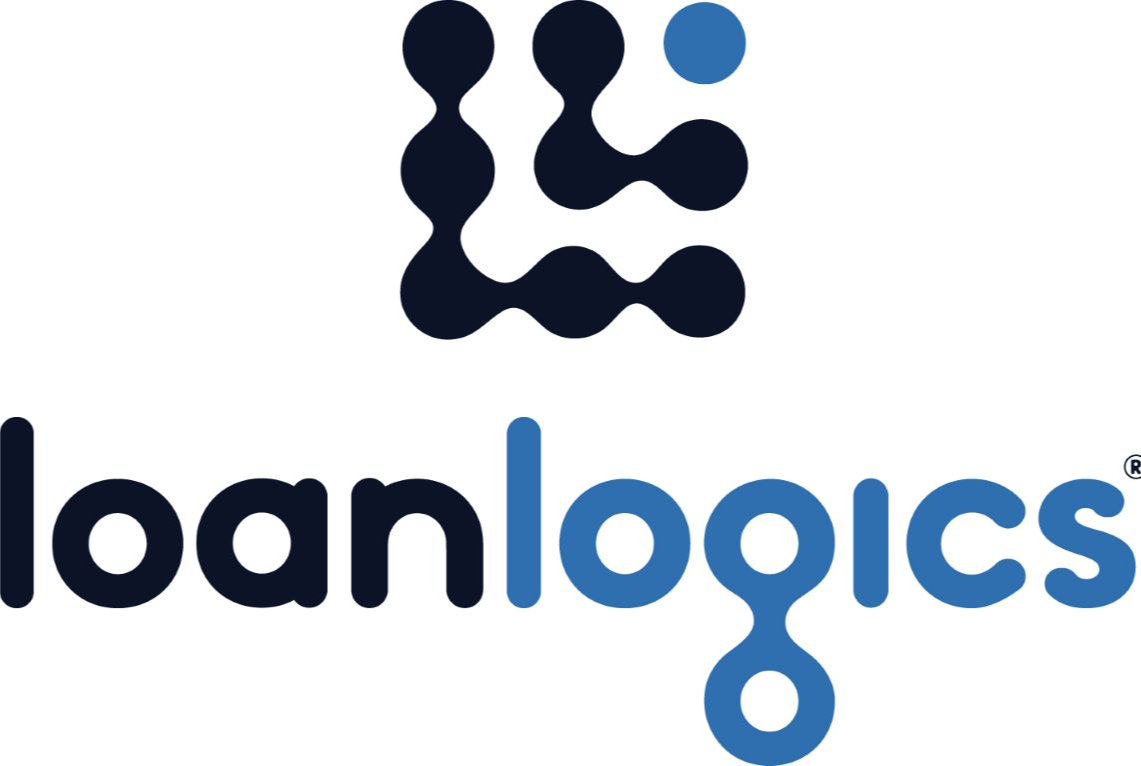 573
573
December 2024 LoanBeam Update
Date: December 6, 2024
Overview
To expand LoanBeam® Income’s (LBI) integration with Fannie Mae®’s Income Calculator to include partnership (Form 1065) income, we’ve made some updates to the “Partnership” tab of the FNMA SEI 1084 workbook. We have also created a detailed CSV report containing all data transmitted to FNMA.
Note: The PDF report should be stored in your loan file if you plan to deliver the loan to Fannie Mae. The CSV file may be useful in validating tax return data extraction.
*As of this writing, integrated eligible income is any income derived from Schedule C (Sole Proprietorship) and/or from Form 1065 (Partnership).
Income derived from 1120S (S-Corporation), 1120 (Corporation), and Schedule E (Rental) is expected to be available in 2025.
The legacy non-integrated FNMA R&W process remains available at this time.
See attachments to download/print a copy of this article.
Addition of an “Additional FNMA Rep & Warrant Data” section.
The Partnership tab has a new “Additional FNMA Rep & Warrant Data” section for recording important data for R&W assessment. The following is a description of those changes.

- Business History Attestations sub-section
This section is designed to capture important FNMA eligibility data for the business. Here is a summary of each:
-
- DU Case ID – The value that was entered on the Summary Sheet for “DU Case ID.” This cell is read only, and displays the value entered on the Summary Sheet.
-
- Include Business in DU Casefile? – This indicates to LBI whether the user would like to include this business in the loan’s DU Casefile, regardless of whether the DU Casefile ID is present.
Important note! If income has been transmitted to DU, but the user would like to remove it, the user should reupload the excel workbook with the DU number completed AND this cell set to “No.” This will indicate to FNMA that the data should be removed from the loan’s DU Casefile.
-
- Years to Include – This dropdown allows the user to select which tax years to transmit to FNMA for R&W assessment and/or DU Casefile. For example, if two years have been uploaded, that will be the default. Please note, if FNMA’s Income Calculator or DU suggests that only one year is needed for a certain business, this is the way the user would restrict the transmission to Fannie to one year. This field is unavailable if “Include Business in DU Casefile” is set to “No.”
- Employment Start Date – This value is not found on the tax returns, and is critical to assessing R&W. This is the date that the borrower obtained ownership of the business, which may be different from the business established date. For example, if a business started in 10/01/2005, was sold to the borrower in 01/15/2023, and your application is happening in 01/01/2024, then the business established date would be 10/01/2005, but the “Employment Start Date” would be “01/15/2023” and ownership would be less than 2 years.
- There appears to be less than 2 years of self-employment. Which selection best describes the self-employment history? – If the employment start date is less than 2 years to the day the workbook is being reviewed, then this field will appear. It is used to communicate to FNMA relevant employment history as it relates to running a/the business.
- Did the borrower start or acquire the business last year? – If the borrower started or acquired the business the previous year, then this answer should be set to “Yes.” If, however, they started or acquired the business more than a year ago, then select “no.”
Important Note! The date which is displayed in the “Date Business Started” (Form 1065, box E) field is not necessary the same date the borrower acquired the business.
-
- Has the borrower owned the business for more than 5 consecutive years? – Used to communicate business history that may or may not show up in the tax documents.
B. Additional Data Validation Attestations Sub-section
This section is used to capture additional information sourced from the tax documents or borrower conversation. These fields are separated by tax documents and tax year.
Important note! Rows may be blank if no data exists, but lenders must ensure the information submitted to the Income Calculator is accurate and complete, including investigation of any contradictory or conflicting information between the tax return documents and the TSP submission data or any other file documentation provided by the borrower.
New Data Report:
- Clients retrieving the FNMA Income Calculator's Finding Report (PDF) from the 'outputs' folder (where the completed workbook is found), will now see that in the .zip file, along with the FNMA PDF reports, there will be a new Lender CSV file containing all data sent to FNMA.
- PDF and CSV artifacts will be placed into the same zip file in the “Outputs” folder.

- Each Lender CSV Report will contain the following columns:
- Year – Tax year containing the data processed.
- FORMid -A unique ID given to each tax form.
- JSON datapoint – Specific data value pulled from tax form.
- Value of JSON datapoint – The dollar amount associated with JSON datapoint.
- This report will allow users to validate income data that was sent to FNMA for purposes of Rep and Warrant assessment.
Sample Report





